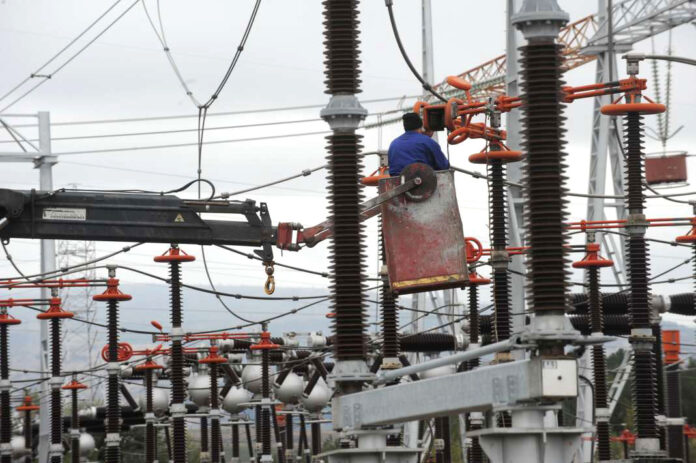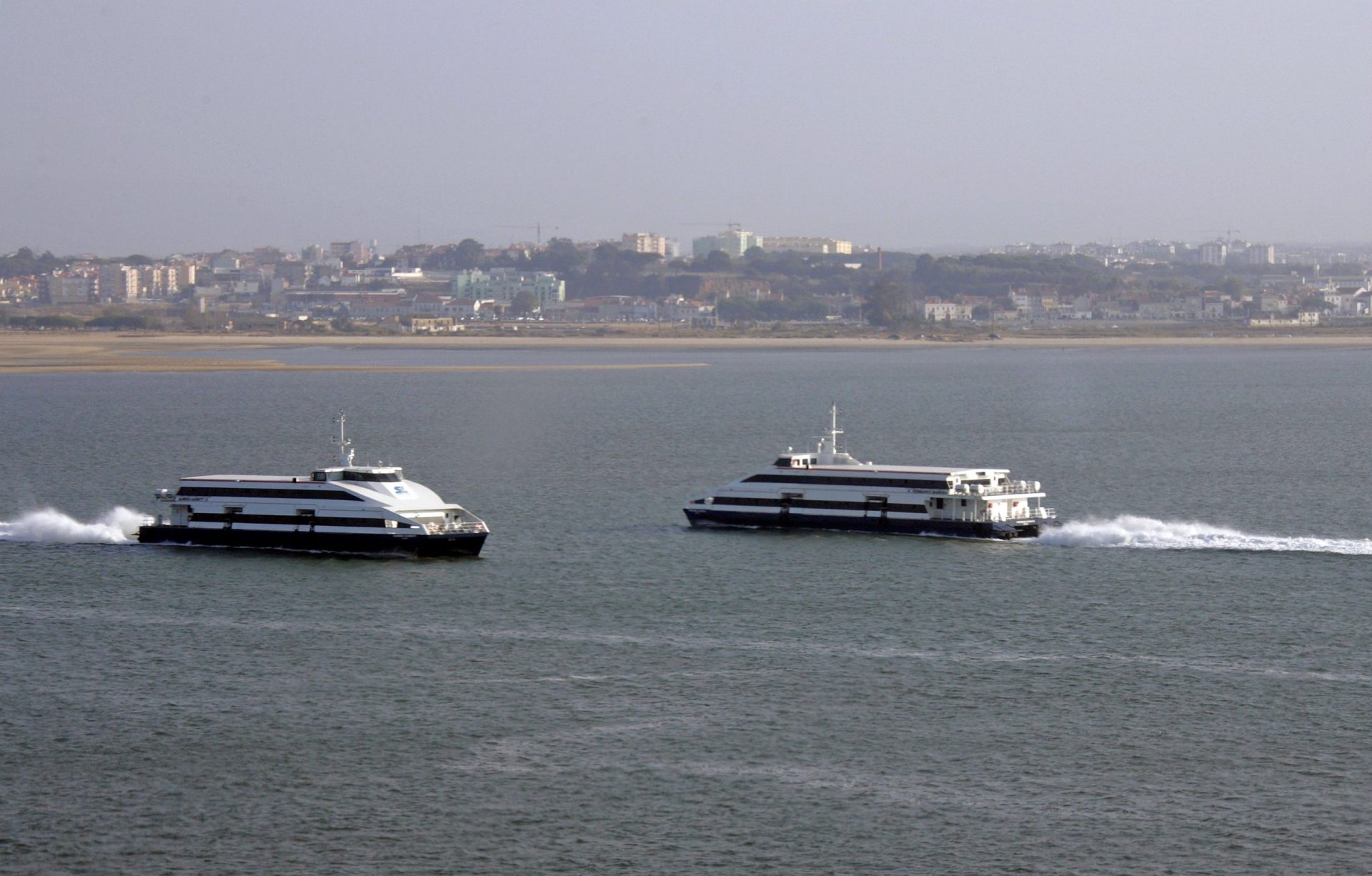Keynes’ prophecy: Ai will make us take more than to fire. The previous one (with robots) of Musk

After the first illusions, entrepreneurs return to replace artificial intelligence with people. It had already happened in the Tesla factory in Fremont and the Nevada where from robot drunkenness had returned to the most reliable workers
This article was released on the newsletter of science and technological innovation One More Thing by Massimo Sideri. Click here to register.
Who was the first fired from generative artificial intelligence and chatgpt?
The answer is curiously easy: one of its fathers, Sam Altman.
The expulsion had already occurred in 2023 The true story of Altman’s dismissal and summary – « Count of Montecristo » by Openai).
Even more curiously Sam Altman was also the first assumed again by artificial intelligence Since a few days later he had been reabsorbed by Openai after the pressure of the shareholder Microsoft. A few days ago Altman told the Financial Times: « I do the most important job in history ».
But what is this job? Contribute to taking or firing people?
It is not so easy to answer. Also because the dilemma had already placed one of the major economists in history: John Maynard Keynes.
A century ago.
In a famous lesson held in front of the students of Madrid Keynes anticipated the concept of « technological unemployment » and also, at the same time, of technological occupation. New technologies, Keynes wrote, destroy old jobs that slowly become obsolete but create the conditions for new employment together. The consideration is of capital importance because, the Cambridge economist concluded that contributed to resolving the great crisis of 1929, the policy makers thus have all the ingredients for their policies: take care of creating the conditions for having a positive employment balance, instead of trying to defend the old jobs intended to become obsolete.
In fact, it is a defect that economic policy in Italy has often had: scarce policies for start -ups and new technologies and billions spent to try to save the old industries, such as Alitalia.
Keynes’ writing is also interesting for the philosophical « cantonate »: according to the economist in fact, the technologies would also have affected us more and more from work and a century later (i.e. today) we would have had to work 15 hours a week, 3 hours a day. The dilemma of modern man was to be like occupying free time, returning to the exercises of the agora of ancient Greece.
So in some ways the Altman’s work is what Keynes had indicated to him. How is it going?
The parable that had manifested itself in the case of Altman himself is taking shape in the labor market. For now we only have clues. Small fragments. But in some ways the man always makes the same mistakes when comparing with technology and therefore also these few ideas can allow us to make considerations.
Here too to understand them we have to go back to 2024. A year ago exactly.
We could call it anatomy of an artificial intelligence trap (but with a human complicity): on May 14, 2024 the Swedish company Klarna which develops technology solutions for finance, the so -called Fintech, and which is certainly not passing one of its best moments, launched a press release not without enthusiasm on its website: « 90 percent of our team uses artificial intelligence ». « We push all employees to try, try, try and explore, » Sebastian SiemiaTkowski, CEO and co -founder of Klarna, had shouted, with the typical pioneer tone of the tribe that sees the promised land in Silicon Valley. The operation lasted about a year had made it possible to obtain widespread results thanks to an internal software called Kiki, developed by Openai for Klarna employees. « From the launch in June 2023 Kiki responded to 250 thousand internal questions, more than 2,000 per day ».
In the press release it was specified (fundamental clue to also process the accomplice) that the highest adoption, even 93%, therefore more than 9 out of 10 employees, came from the « less technological » sectors, such as marketing and communication. A neologism had also been created: the Klarnauts, that is, the Klarnauti, to indicate the employees of Klarna who were integrating with Kiki. Ingenui, it would have been more correct. On May 28, a few days after the first press release a more financial one came out: thanks to the AI Klarna he said he was saving 10 million a year in marketing and sales. « Our assistant to the assistant, » said CEO SiemiaTkowski, « he carries out the work of 700 employees by reducing the average time resolution time from 11 to 2 minutes and maintaining the same customer satisfaction standards ». The accounts are easy: 700 human beings dismissed with a recorded videocal, always in May. And it doesn’t end here. Klarna had made it known that she wanted to halve her employees already descended from 5,441 to the current 3,800. What were the falcidial sectors? Marketing and sales. Coincidentally. Those who had been used for a year to train Kiki to do their job, after learning the tricks of the trade from their interactions.
For the employees of Klarna, who in the past was the most evaluated European Fintech company in perspective, however, some reasonable suspicion is a must that could be an intelligent and orchestrated marketing campaign to reassure the markets. The Swedish company offers payment tools for online shopping. During the Covid19 pandemic, in 2020, it had also exploded thanks to the Buy Now, Pay Later formula, take now and pay later. What could be hoped for the most closed at home all day in front of a laptop or the screen of a smartphone? The assessment of the company that would also like to be listed on the stock exchange had exploded as it had happened throughout the so-called zoom-economy.
But for Klarma, apart from the deflating of ecommerce fever, another factor had intervened. It was called explosion of interest rates. With the cost of money to zero it is easy to finance a Business Pay Later model. With rates also reached 5% things change a lot. With inflation, the problem is square. It has always been seen on May 30, 2024 when (it will be a coincidence, two days after the enthusiasm from AI) it was discovered that the losses on the company’s credit credits had risen by 59% to 110 million dollars. People buy, but then as it happens with mortgages they discover they cannot pay. The question is slippery. « It is the economy, stupid », as the famous slogan used by Bill Clinton said in 1992 to beat George HW Bush.
In short, more than a dismissal from AI that of Klarna it seems a normal renovation which, however, has allowed his CEO to take the stage and the scenes of finance as a pioneer of the use of Openai instead of getting on the same stage, sprinkle the ash head, and say: sorry, we are losing money, we must also send people away. Here the AI seems more the accomplice than the principal.
Precisely in these hours then the same CEO of the company has communicated that he was about to summarize people after experimentation lasting one year with artificial intelligence, rea not to work as promised.
We are as said at the beginning but there is a fairly significant precedent.
And it concerns the robots and Elon Musk.
The case is told with many details in Musk’s official biography written by Walter Isaacson, the same one who had signed the much more interesting biography of Steve Jobs.
Isaacson’s book, very full -bodied, is actually disappointing. It offers few ideas about the richest man in the world. But in the best part of the story he recalls how Musk found himself one step away from Tesla’s failure with the launch of the Model 3 that to work had to be produced in at least 5,000 specimens per week.
We are in the spring of 2018. The factories are those of Fremont and Nevada. Musk moves to literally live in the factory, day and night. And day and night he observes and tries to understand why it is not possible to produce 5,000 model 3 per week. In the meantime, as written in the book, Musk has used the anticipates paid by buyers to cover the costs of the factory and not for production. A move to the limit of the distraction of funds for a listed company.
Add that drones sent by shortists (those who bet against an action) fly over the factories to understand how it is going. And it’s going badly.
The situation is dramatic.
What does Musk find out in the factory?
Easy: that the robots (there were more than 1,200 in the chain) were wrong, were slow and indeed often blocked the functioning of the assembly line.
Musk has long been an exegete of the driving car drive. In fact, the inventor of robotism after Toyotism.
It looked like Columbus’ egg: no unions, no protests, no shifts. What can ever go wrong with robots?
That for many tasks they are even worse and less reliable than the workers. And when they block you have to send someone to restart everything. And why do they block? Because they need a thousand sensors and even a small misalignment sends everything on tilt. Not to mention that still for apparently simple works they become the Usac, the simple business complications office. Musk himself discovered how difficult for a robot with suction cups take a simple isolation panel and put it on top of the model of the model of the model 3. Often the suction cups do not take good. The coating falls. And everything is blocked.
Musk brought a large amount of industrial robots into the parking lot in front of the factory. And he attracted people obtaining the desired result: 5,000 cars per week.
Do not overdo the processes automation has become one of Musk’s golden rules.
In short, even the robots, before the AI, first made people disappoint and then make them summarize.
PS. Curiosity of Isaacson’s book.
1) At one point Musk used as a password Ilovenasa … what to think?
2) Do you know what was the first idea that led to Space X? Send mice to Mars with a camera connected to the network to allow people on the ground to follow the saga. They pointed out that it would not have been a good advertisement to follow the death of some mice on the Martian surface live. Then he opted to save humanity making it become an intergalactic species.
Curious as in Silicon Valley you can do great things starting from such childish and naive dreams.







